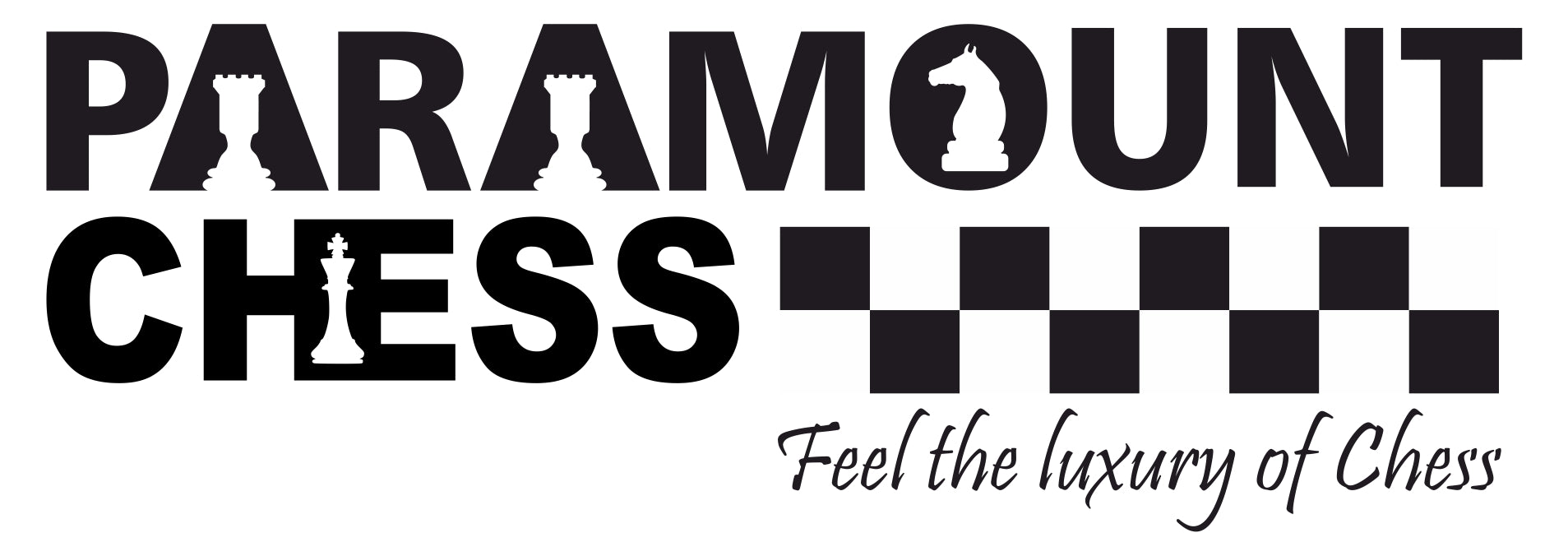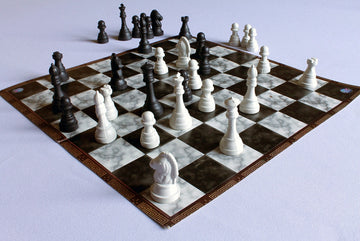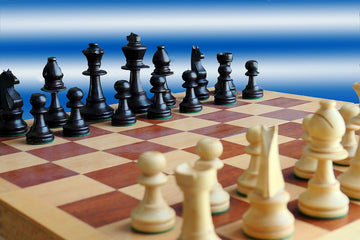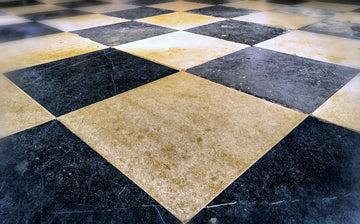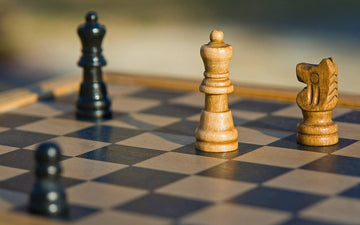

Chess is a game of patience and perseverance. The player who maintains his calm even in the most difficult situations is often victorious. There are 3 possible outcomes for a player that a game might end in; A win, defeat or a draw. A win may result when the opponent resigns for any reason, runs out of time or is under checkmate. So what exactly is a checkmate? Before jumping into what exactly is a checkmate, let's first understand what is a check.
Check
A check is basically a kind way of indicating to your opponent, "Hey buddy, you might wanna get your king out of the way. You miss and I hit." A player calls out 'check' when they threaten to attack their opponent's king. This occurs when one of the players main pieces moves in a manner that will threaten the capture of the king if no corrective action is taken.
Here is an example of a check

Here we can see that in the second move itself, the White Queen is threatening to attack the Black King. Unless black commits a blunder or two, this move by white has very little significance. Nevertheless, this is a 'check'. It is now the black players' responsibility to evade this. There are primarily 3 things they can do. Let's examine what they are.
Move the king out of harms way

By moving the king to d7, we have deflected the attack and defended the king. Given the large number of pawns available to defend the check, this move should only be employed when there is a lack of material available on the board.
Use another piece to block the attack

Moving the pawn to g6 is perhaps the best move at this stage, Not only is this attack by the queen extremely premature, but it also results in black being able to easily counter this and develop it's pieces at the same time.
There is one exception to this scenario. This is when the king has received a check from the knight. It is impossible to block this check using another piece. This is because the knight is the only one that is capable of jumping over other pieces that lie in it's path.
Capture the attacking piece if possible
In the above situation, it is not possible to evade the check by capturing the attack piece which is the queen. It is fairly easy to comprehend a situation that involves the straight forward capture of the attacking piece. Some really good examples of this are when a player willingly sacrifices a piece to force a checkmate. A beautiful example of this is illustrated below.

Here the white queen is sacrificed. The king has to capture the Queen to get rid-off the check. In doing this, the king is actually digging it's own grave as we see. The next move by white results in a beautiful and satisfying checkmate.
Checkmate
Now that we know what a 'check' is, let's learn about a 'checkmate'. A Checkmate results when there is an ongoing check that the king is not able to escape out of. That is, there are no safe squares to move the king. A checkmate defines the end of a game, with the player accomplishing the mate being pronounced as the winner.
Most games among professional players end when they resign from the game noticing an impending checkmate. There are thousands of ways to checkmate your opponent but you only need one. Check out our article on the shortest games of chess involving the quickest checkmates. You can try these on unsuspecting players.
Stalemate
Is it possible to force a draw? Yes! A draw will result, if the same pattern of moves repeat for a set duration. Apart from this, a stalemate is a condition that will force the game to be drawn among both the players. So let's see what this is and how is it so different from a checkmate.
A stalemate occurs when, like a checkmate, there aren't any more safe squares for the king to move to. But, the king is not under check and any move will force the king to move into a check. This creates a conflict on the chess board and to resolve this, a draw among both players follows.
During the endgame, it is worth sticking around when the king is all you've got left. It is evident that everybody plays for the win, but a draw is always better than a loss. An example of a game that results in a stalemate is shown below.

As we see above, both black and white are equal in terms of material but black is in a position of advantage. Black does well to promote the pawn into the Queen but commits a blunder on the last move forcing a stalemate. The White king is not under check, but any move would force it to be under check. From a winning position, black unfortunately threw the game away towards the end.
